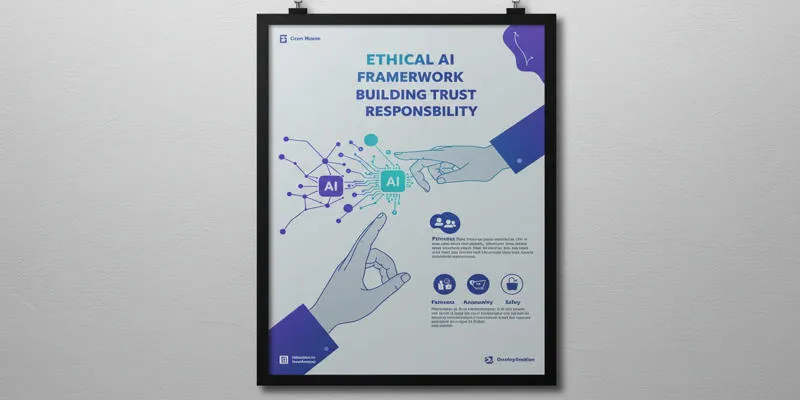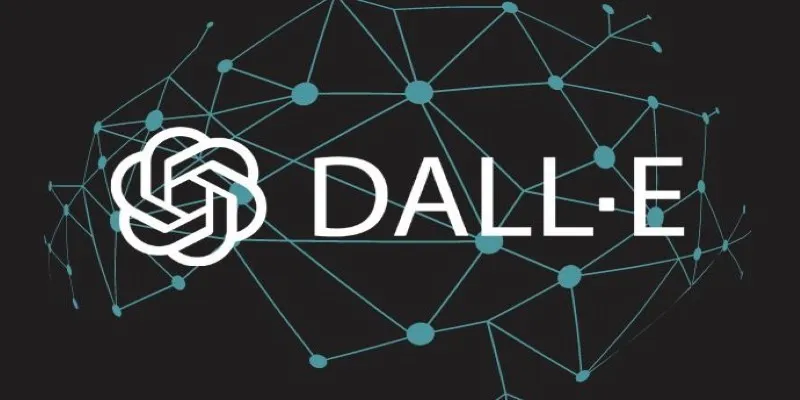Natural disasters like hurricanes, earthquakes, floods, and wildfires often strike with little to no warning, leaving minimal time for preparation. The speed of emergency response can be the difference between life and death. As these events become more frequent and intense due to climate change, there is an urgent need for more efficient disaster response systems.
Enter artificial intelligence (AI) — a technology that is transforming emergency management by enhancing predictive capabilities, optimizing response strategies, and accelerating recovery efforts. This post will explore how AI is revolutionizing disaster response and emergency management, enabling governments, organizations, and communities to respond faster and more effectively.
The Role of AI in Disaster Prediction and Preparedness
AI significantly improves disaster prediction and preparedness by facilitating more accurate forecasts and early warnings. Traditional disaster prediction methods, which rely heavily on manual data analysis, are often slow and inefficient. In contrast, AI can analyze vast amounts of data from multiple sources simultaneously, resulting in more accurate predictions and timely alerts.
AI-Powered Early Warning Systems
AI-driven early warning systems utilize data from various sources, including weather satellites, seismic sensors, and environmental monitors, to detect and predict disasters such as earthquakes, hurricanes, and floods. These systems can identify patterns and anomalies indicative of impending disasters. AI can swiftly alert emergency responders and the public about potential threats, providing valuable time for preparation and safety measures.
- Flood Prediction : AI analyzes historical data on river levels, weather patterns, and rainfall forecasts to predict flood events. This enables officials to issue early warnings to flood-prone areas, reducing casualties and property damage.
- Earthquake Monitoring : Machine learning algorithms can analyze seismic activity to predict earthquakes, potentially offering seconds to minutes of warning time, allowing emergency systems to deploy automatically and prevent injuries.
AI for Disaster Simulation and Scenario Planning

AI is also instrumental in helping emergency planners prepare for disasters before they occur. Through advanced simulations, AI can create models of potential disaster scenarios, considering variables such as population density, infrastructure, weather conditions, and emergency routes.
- Evacuation Plans : AI simulations can identify the most efficient evacuation routes by factoring in traffic patterns, road conditions, and population movement. This helps authorities plan evacuation strategies that minimize congestion and save lives.
- Infrastructure Vulnerability : AI models can predict which buildings, roads, or utilities are most vulnerable to a disaster, allowing resources to be deployed to the most at-risk areas.
Enhancing Real-Time Disaster Response with AI
In a disaster, real-time data is crucial for effective decision-making. AI processes massive amounts of real-time data to provide insights that help emergency responders deploy resources more effectively and make informed decisions on the ground.
Drones and AI in Search and Rescue Operations
During disasters, especially in hard-to-reach areas, search and rescue operations are critical. AI-powered drones are now playing a significant role in these efforts. Equipped with cameras, infrared sensors, and real-time processing capabilities, drones can provide detailed images of disaster- stricken areas and identify survivors more efficiently than human teams could on foot.
- Search and Rescue : AI analyzes aerial footage captured by drones to quickly identify signs of life, such as heat signatures from trapped individuals. This significantly reduces the time required to locate survivors, especially in hazardous or remote locations.
- Damage Assessment : Drones assess the extent of damage caused by a disaster. AI algorithms analyze images and videos to identify severely damaged areas, helping authorities prioritize where to send emergency teams and resources.
AI in Resource Allocation
In a disaster scenario, resources such as medical supplies, food, water, and rescue teams are often limited. AI assists in ensuring these resources are distributed where they are most needed by analyzing data from various sources, such as social media, sensors, and emergency reports.
- Real-Time Data Analysis : AI processes information about the disaster’s severity, weather conditions, and geographical impact to help prioritize resource deployment.
- Supply Chain Optimization : AI optimizes the distribution of relief supplies by predicting potential shortages and identifying the fastest delivery routes. This reduces delays and ensures that aid reaches the most affected areas.
The Role of AI in Post-Disaster Recovery

Once the immediate emergency response phase has passed, AI continues to play an essential role in the recovery phase. The damage caused by a disaster can be overwhelming, and rebuilding efforts need to be coordinated and efficient.
Damage Assessment and Recovery Planning
After a disaster, assessing damage to infrastructure, buildings, and the environment is a critical first step. AI expedites this process by automatically analyzing satellite images, aerial photos, and video footage to determine the most severely affected areas.
- Automated Damage Assessment : AI enables emergency management teams to quickly assess large-scale damage, such as collapsed buildings or infrastructure failure, and prioritize recovery efforts in the most critical areas.
- Damage Cost Estimation : AI estimates repair costs and identifies the most vulnerable areas, enabling governments and organizations to allocate funds effectively and prioritize urgent recovery efforts.
Conclusion
AI is transforming disaster response and emergency management. From predicting natural disasters and enhancing real-time response to aiding in recovery and mental health support, AI enhances every stage of the disaster lifecycle. By improving predictive capabilities and accelerating recovery efforts, AI makes disaster management more efficient and saves lives. As AI continues to evolve, it will likely become an even more integral part of disaster preparedness and relief, helping communities better withstand the growing challenges of climate change and natural disasters.
 zfn9
zfn9






















